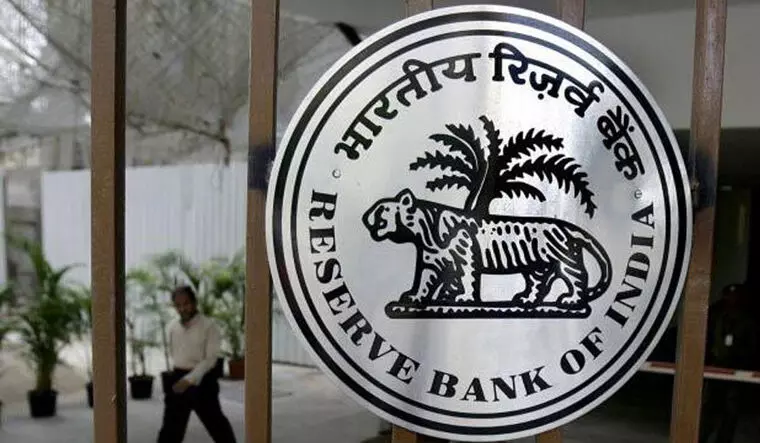Momentary respite?

Inflation in India, as measured by the Consumer Price Index (CPI), recently displayed signs of moderation, falling to 5.02 per cent in September from 6.8 per cent in August. This aligns it with the Reserve Bank of India's (RBI) tolerance band of 2-6 per cent. While this dip provides a much-needed respite, it's essential to recognise two significant caveats that continue to cast a shadow over India’s economic landscape. Firstly, the inflation rate, while improving, remains above the ideal limit of 4 per cent. Secondly, the recent moderation is largely attributed to a sharp decline in the prices of perishable items such as tomatoes, while many non-perishable food items continue to contribute to the persistent inflationary pressures. It is worth noting that Consumer Price Food Inflation (CPFI) holds a substantial weightage of 39 per cent within the Consumer Price Index. In September, CPFI decreased to a three-month low of 6.56 per cent, primarily due to a substantial 64.9 per cent sequential plunge in tomato prices and a 16 per cent month-on-month decline in vegetable prices. Without these temporary cushions, the inflation scenario would be far less rosy. Additionally, the reduction in LPG prices announced by the Central government, ahead of the crucial state and General Elections, has also helped temper the inflation figures. Furthermore, the high base effect from 2022, too, has contributed to the softening of inflation rates. On the other hand, while there has been a marginal dip in cereal prices, they still remain above the double-digit mark, causing serious concern. Notably, inflation in pulses and products rose to 16.38 per cent from 13.04 per cent, and spices maintained a high level of 23.06 per cent. These upward pressures continue to cast a shadow on the sustainability of the headline CPI easing. It is important to acknowledge that the risk extends beyond food prices. The global scenario, particularly the crude oil market, is becoming increasingly precarious due to geopolitical tensions in the Middle East. Furthermore, erratic monsoons and the looming El Nino effect pose additional risks, offsetting any potential relief from the easing of CPI-based inflation. However, there are some positive indicators in the economic landscape. Core inflation, which excludes food and fuel prices, declined to a 42-month low of 4.5 per cent in September. This indicates some underlying stability in the economy. Additionally, the RBI's target of achieving an average 6.4 per cent CPI inflation in the July-September quarter has been met, providing the central bank with some flexibility to extend its rate pause cycle. Furthermore, the Index of Industrial Production (IIP) has shown significant growth, surging to a 14-month high of 10.3 per cent in August. Despite these positive developments, the path ahead for the RBI in controlling inflation remains challenging. While the RBI has projected an average inflation of 5.4 per cent in the 2023-24 fiscal year, the International Monetary Fund and the World Bank have raised their estimates to 5.5 per cent and 5.9 per cent, respectively. These revised projections suggest that the battle against inflation is far from over. In navigating this complex challenge, the RBI must maintain a vigilant stance. While the recent moderation in inflation is a positive sign, it is imperative that the central bank continues to monitor the various contributing factors. The recent drop in food prices, particularly perishable items like tomatoes, should not lead to complacency. The persistence of inflation in non-perishable food items and the uncertainties in global oil markets underscore the need for a cautious approach. Balancing growth and price stability is no easy task, and the central bank must tread this path carefully. While the recent moderation in CPI-based inflation is a welcome development, the challenges ahead are manifold. The RBI should not lose sight of the bigger picture, especially with global uncertainties and potential domestic risks on the horizon. A proactive and balanced approach to inflation control, coupled with measures to support sustainable economic growth, is essential in these dynamic times.



